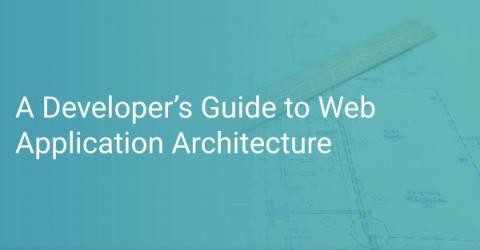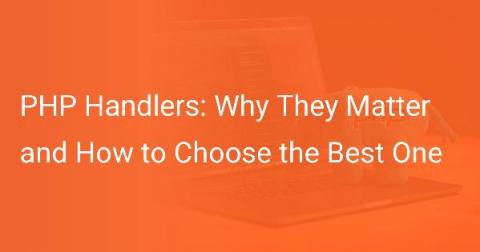What are Script Errors and How Can We Address Them?
Imagine that a customer reports an error on one of your websites. When you check the logs or tracking tool, it just says script error and nothing else. Does it sound familiar? Such errors are difficult to debug because they do not contain additional information about what and where they went wrong.











